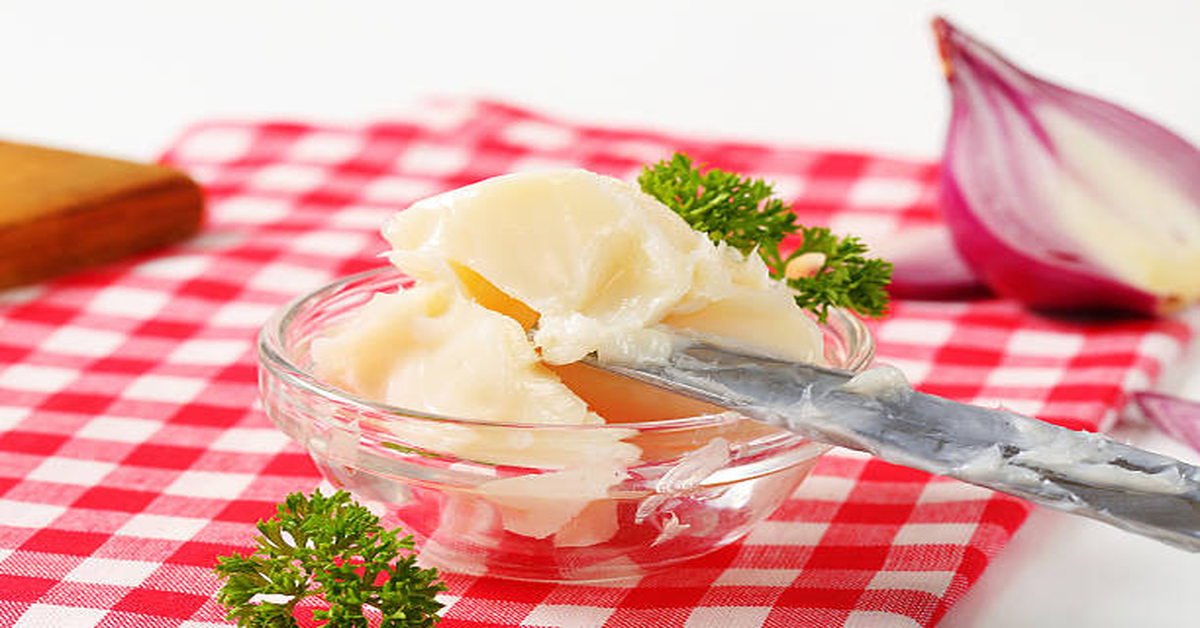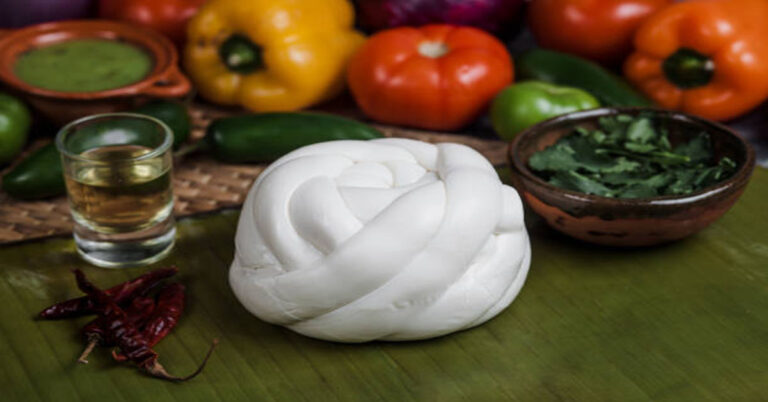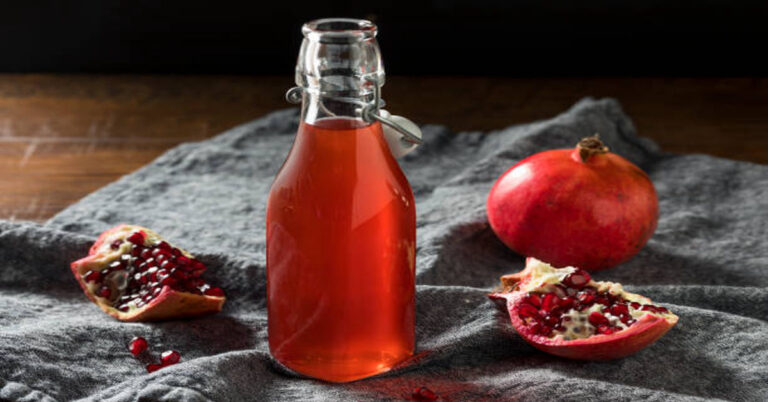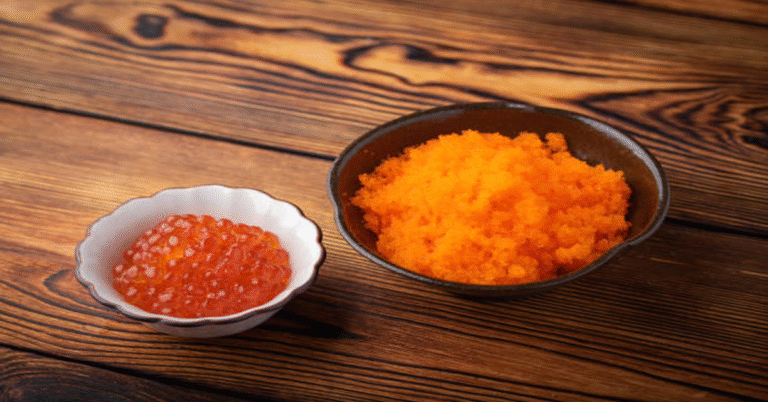
For centuries, traditional societies across the world relied on natural animal fats as a staple in their diets, crafts, and everyday living. One of the most widely used fats was beef tallow, a rendered form of beef fat that offered energy, cooking utility, skincare benefits, and even industrial applications. Though its use declined in modern times with the rise of vegetable oils and processed fats, beef tallow is now making a strong comeback.
The resurgence of interest is fueled by the return to whole, natural foods, the popularity of ancestral diets, and the realization that traditional fats may not be the enemies of health they were once considered. Beyond nutrition, beef tallow’s versatility makes it a valuable resource in sustainability-focused lifestyles. From frying crispy potatoes to crafting moisturizing skincare balms, beef tallow continues to prove its importance in both traditional and modern settings.
This article explores beef tallow in depth, covering its origins, nutritional value, culinary applications, skincare properties, health implications, and modern relevance. Along the way, we will look at comparisons with other fats, practical usage guides, and tips for incorporating tallow into a balanced lifestyle.
1. What is Beef Tallow?
Beef tallow is rendered fat derived primarily from the suet of cattle, which is the hard fat surrounding the kidneys and loins. Through a process of slow heating and straining, impurities are removed, leaving behind a clean, shelf-stable fat. Unlike raw fat, which can spoil quickly, rendered tallow can last for months or even years under proper storage conditions.
The result is a firm, white to off-white substance at room temperature that melts into a golden liquid when heated. Its smoke point (around 400°F / 204°C) makes it highly suitable for frying and roasting, while its rich fatty acid profile offers nutritional and practical benefits.
2. Historical Importance of Beef Tallow
Beef tallow has been part of human civilization for thousands of years. Ancient and pre-industrial societies used every part of the animal, and fat was considered as valuable as meat.
- Cooking & Preservation: In traditional European and Native American diets, beef tallow was a staple cooking fat and was also used to preserve meat.
- Candles & Lamps: Before kerosene and electricity, beef tallow was one of the main sources for making candles and lamp fuel.
- Soaps & Balms: Early soap-making heavily relied on tallow, combined with lye, to create effective cleansing products.
- Military Rations: Soldiers were often given rations with tallow due to its calorie density and stability.
The decline in tallow use began in the 20th century, as vegetable oils like soybean and canola gained popularity. However, history demonstrates that beef-tallow was once indispensable.
3. Nutritional Composition of Beef Tallow
Beef tallow is composed primarily of fats, but the type of fats it contains is what makes it unique.
Fatty Acid Profile of Beef Tallow
| Fat Type | Percentage (Approx.) | Function in Body |
|---|---|---|
| Saturated Fat | 50–55% | Energy, cell structure, hormone production |
| Monounsaturated Fat (MUFA) | 40–45% | Heart health, anti-inflammatory, improves cholesterol balance |
| Polyunsaturated Fat (PUFA) | 3–5% | Essential fatty acids, cell signaling |
| Stearic Acid | High content | Neutral impact on cholesterol, satiety promoting |
Vitamins Present
- Vitamin A – Supports vision and immunity.
- Vitamin D – Bone health, calcium absorption.
- Vitamin E – Antioxidant protection.
- Vitamin K2 – Improves bone strength and cardiovascular health.
Compared to many modern oils, beef tallow is more stable due to its saturated fat content, which resists oxidation during cooking.
4. Culinary Uses of Beef Tallow
Beef-tallow is making a comeback in the kitchen, not just for nostalgic or traditional reasons but because of its excellent cooking properties.
Key Culinary Applications
- Frying
Its high smoke point makes beef-tallow ideal for deep-frying foods like French fries, chicken, and doughnuts. In fact, early fast-food chains originally used beef-tallow for frying until it was replaced by vegetable oils in the 1980s. - Roasting
When melted over vegetables or meats, it enhances flavor, creating a crispy texture and rich taste. - Baking
Tallow can replace butter or shortening in pastries, giving a flaky texture. - Seasoning Cast Iron
Its stability and resistance to rancidity make it great for maintaining cast-iron cookware. - Traditional Dishes
In many cultures, beef-tallow remains essential in cooking traditional dishes, from British meat pies to South American grilled foods.
5. Beef Tallow vs Other Cooking Fats
A comparison highlights why beef tallow is gaining renewed respect:
| Fat Type | Smoke Point | Health Profile | Culinary Notes |
|---|---|---|---|
| Beef Tallow | ~400°F (204°C) | Stable, nutrient-rich, natural | Adds savory depth, ideal for frying |
| Butter | ~350°F (177°C) | Contains dairy proteins, less stable | Rich flavor, but burns at high heat |
| Olive Oil | ~375°F (190°C) | High MUFA, prone to oxidation | Fruity flavor, best for low–medium heat |
| Canola Oil | ~400°F (204°C) | High PUFA, easily oxidizes | Neutral taste, less stable long term |
| Coconut Oil | ~350°F (177°C) | High saturated fat, stable | Sweet profile, less versatile for savory |
Beef-tallow’s balance of stability and flavor makes it stand out, especially for high-heat cooking.
6. Skincare and Cosmetic Applications
One of the most surprising areas where beef-tallow shines is skincare. Its similarity to human skin lipids makes it highly compatible and nourishing.
Benefits of Beef Tallow for Skin:
- Moisturizing: Provides deep hydration without clogging pores.
- Anti-Inflammatory: Soothes irritation, eczema, and rashes.
- Nutrient-Rich: Vitamins A, D, E, and K2 support skin repair.
- Barrier Protection: Locks in moisture and protects against environmental damage.
Homemade balms, soaps, and salves often incorporate beef tallow as a base ingredient. Its creamy texture and absorbability make it superior to many commercial petroleum-based products.
7. Health Implications of Beef Tallow
While beef-tallow is nutrient-rich, it has been controversial due to its saturated fat content. Modern nutrition research, however, paints a more nuanced picture.
Potential Benefits:
- Satiety: Helps control appetite by providing lasting fullness.
- Stable Energy: Slow-digesting fat provides consistent fuel.
- Hormone Support: Cholesterol and saturated fat are precursors for essential hormones.
- Reduced Inflammation: MUFAs in tallow may reduce inflammation compared to high-PUFA oils.
Points of Caution:
- Overconsumption can contribute to calorie surplus and weight gain.
- Should be paired with a balanced diet rich in vegetables, lean proteins, and whole foods.
- Quality matters: tallow from grass-fed cattle is richer in nutrients and healthier compared to conventionally raised sources.
8. Environmental and Sustainable Aspects
Tallow is a byproduct of the beef industry, and using it reduces waste. Instead of discarding fat, rendering it into tallow maximizes the utility of the animal.
- Zero-Waste Philosophy: Utilizing tallow aligns with sustainability and respect for resources.
- Alternative to Processed Oils: Local tallow reduces reliance on industrial seed oils.
- Eco-Friendly Skincare: Natural and biodegradable compared to synthetic alternatives.
9. Practical Guide to Making and Storing Beef Tallow
Rendering Beef Tallow at Home
- Obtain suet or beef fat trimmings.
- Cut into small pieces or grind.
- Slowly heat on low in a heavy pot or slow cooker.
- Strain through cheesecloth to remove impurities.
- Cool and store in glass jars.
Storage Guidelines
- Room Temperature: Lasts weeks if sealed and away from sunlight.
- Refrigeration: Lasts months without spoiling.
- Freezing: Can last over a year.
10. Modern Resurgence of Beef Tallow
The revival of traditional cooking, carnivore diets, and sustainable living has brought beef-tallow back into kitchens and skincare routines. Restaurants seeking authentic flavors and health-conscious consumers avoiding refined oils now see tallow as a premium, heritage ingredient.
Conclusion
Beef-tallow is far more than just rendered fat. It is a nutritious, versatile, and sustainable resource that has nourished humans for centuries. Whether in the kitchen, bathroom cabinet, or as part of a sustainable lifestyle, beef tallow represents a return to traditional wisdom and practical living.
By appreciating its history, nutritional richness, and multifunctional applications, we can see why beef-tallow deserves its renewed recognition in modern life.
FAQs about Beef Tallow
Q1. Is beef tallow healthier than vegetable oil?
Yes, beef tallow is more stable at high heat and less prone to oxidation compared to seed oils like soybean or canola.
Q2. Can beef tallow be used for skincare?
Absolutely. Its similarity to human skin lipids makes it deeply nourishing, soothing, and safe for most skin types.
Q3. How long does beef tallow last?
Properly stored, tallow can last weeks at room temperature, months in the fridge, and over a year in the freezer.
Q4. Does beef tallow taste strong?
Beef tallow has a mild, savory flavor that enhances foods without overpowering them.
Q5. Is grass-fed beef tallow better?
Yes, grass-fed tallow has a higher nutrient profile, particularly in omega-3 fatty acids and fat-soluble vitamins.







